Posts Tagged "Fagaceae"
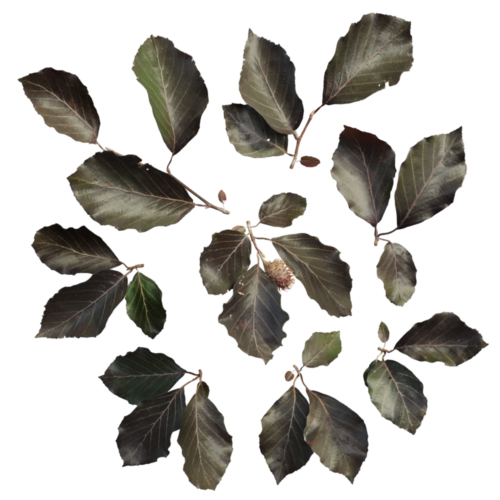
Purple beech
Fagus sylvatica ‘Purpurea’ – purple beeches are used to steel the show. They are planted as solitary trees in big parks or stately gardens.
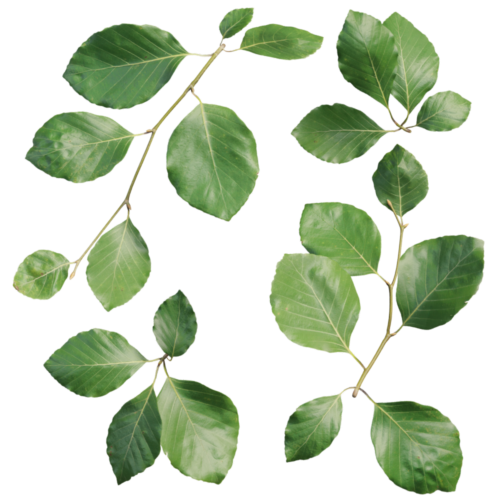
European beech
Fagus sylvatica – a majestic forest tree. Impressive branches fluently branch into broad fans of leaves. Beech trees are often used as ornamental trees in parks and large gardens.
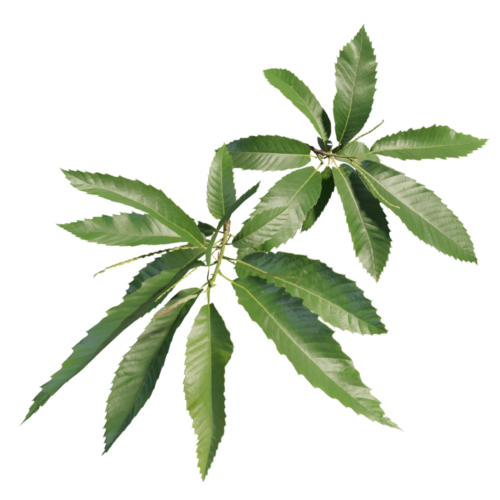
Sweet chestnut
Castanea sativa – a proud member of the beech family. It produces the well-known chestnuts, an edible fruit. Sweet chestnut trees have attractive dark green foliage clustered into pointy fans.
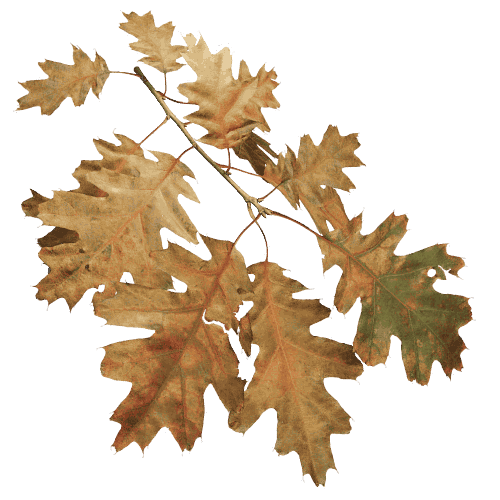
Red oak
Quercus rubra – Red oak trees are native to Eastern North America and have very attractive lobed leaves with saturated autumn colors.
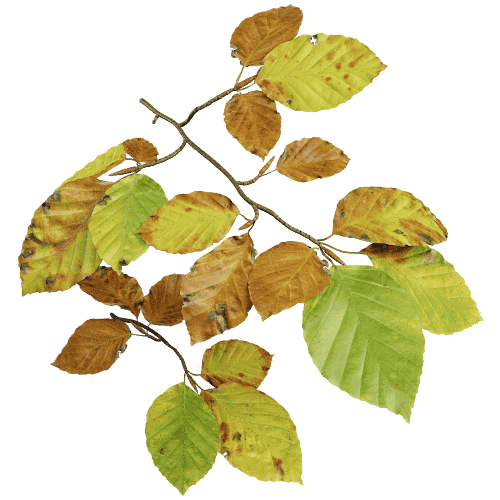
European beech
Fagus sylvatica – European beech. One of the most majestic forest trees. Impressive branches fluently branch into broad fans of leaves. Away from the woods, beech trees are often used as ornamental trees in parks and large gardens.
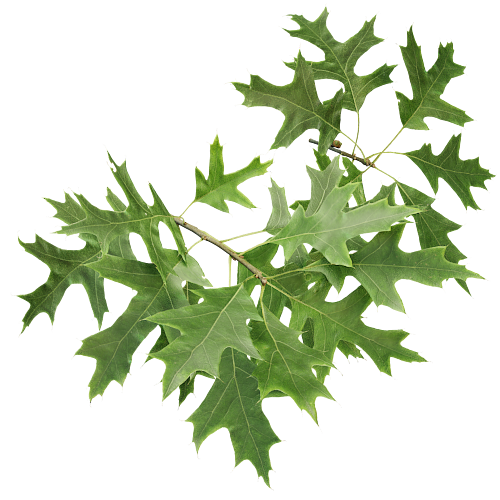
Pin oak
Quercus palustris – Pin oaks are fast growing, majestic trees often used in parks.
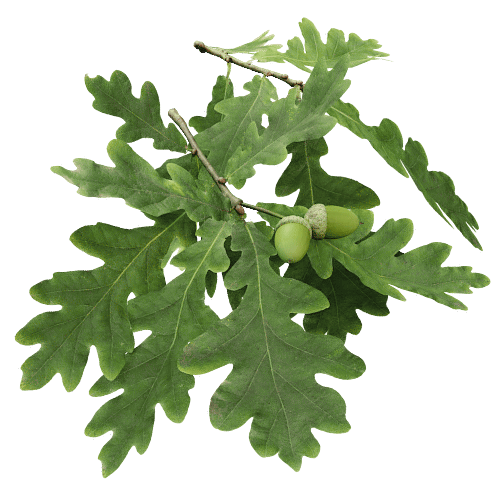
European oak
Quercus robur – Oaks are close relatives of beech trees, and both are strong forest trees that can grow very old and impressive in size. Willows, alders and many others don’t stand a chance against this king of the forest.
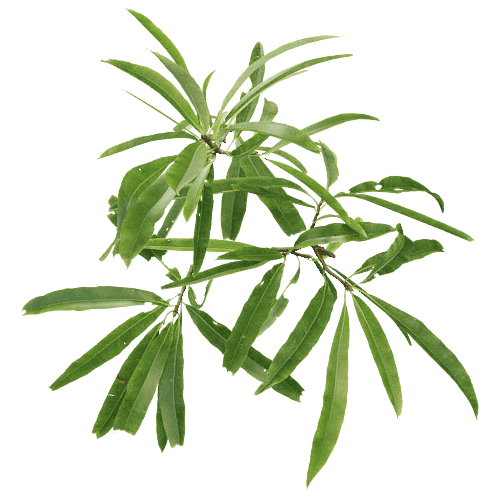
Willow oak
Quercus phellos – Although this is actually an oak tree, its leaves are almost identical to those of willow trees. It prefers the water rich environments of the South Eastern US.
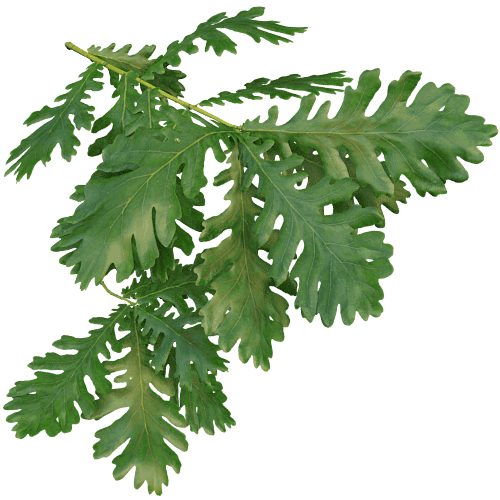
Hungarian oak
Quercus frainetto – King of the oaks, with immense leaves that dwarf those of other oaks. The longest leaf on this particular twig is 21 cm long, but they can easily grow another 10 cm. Its leaves have a leathery glossy finish over a deep green color.